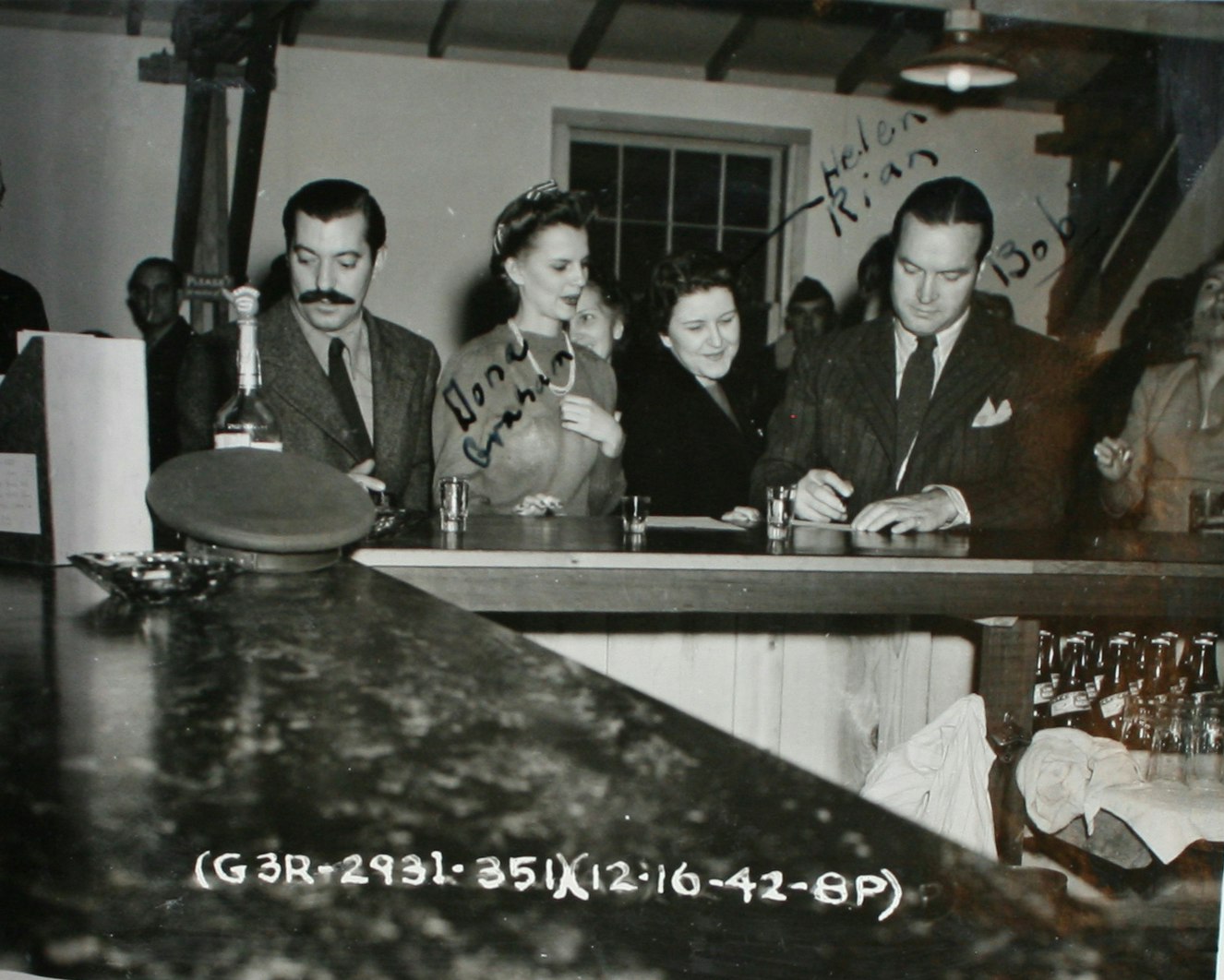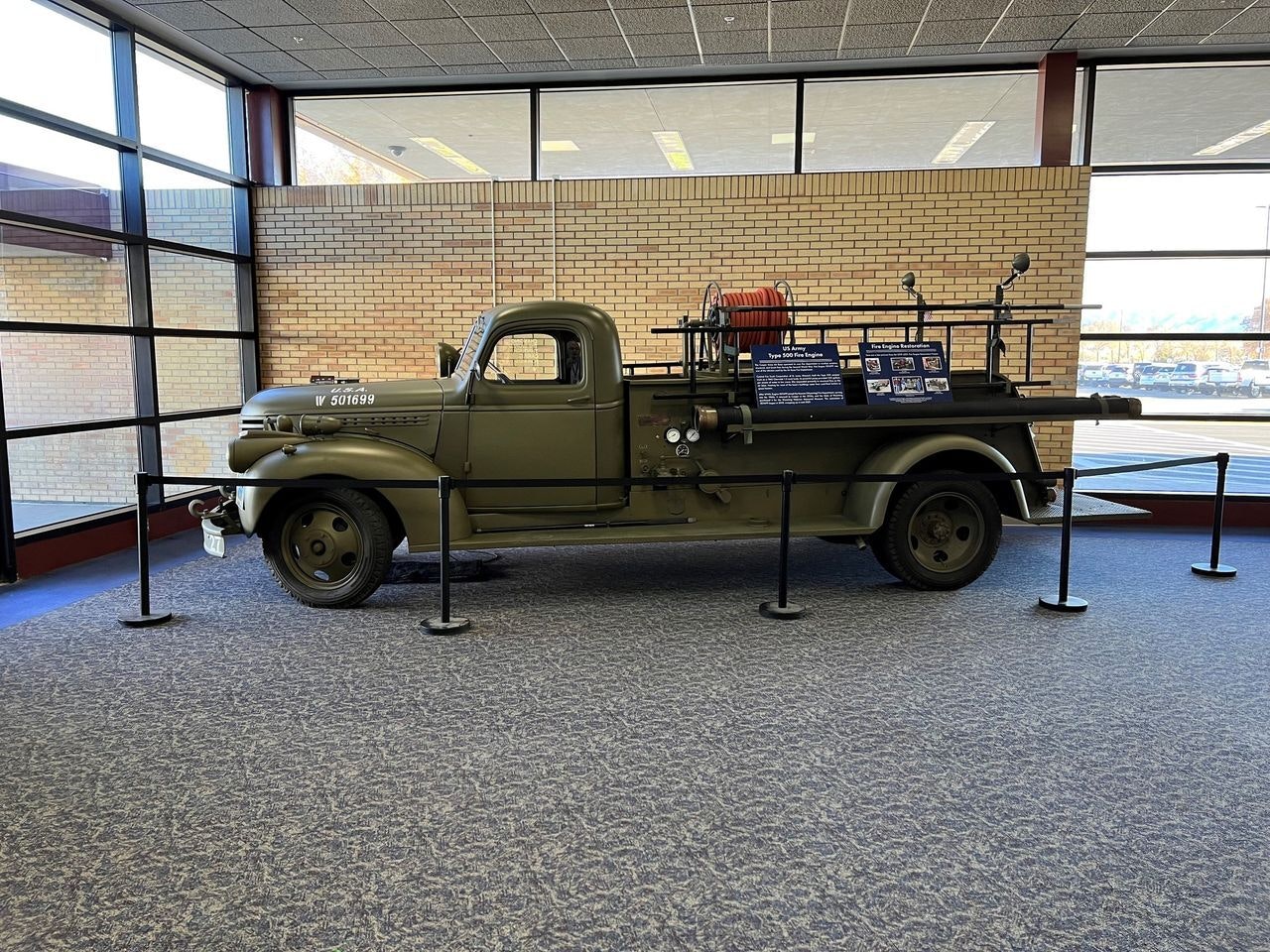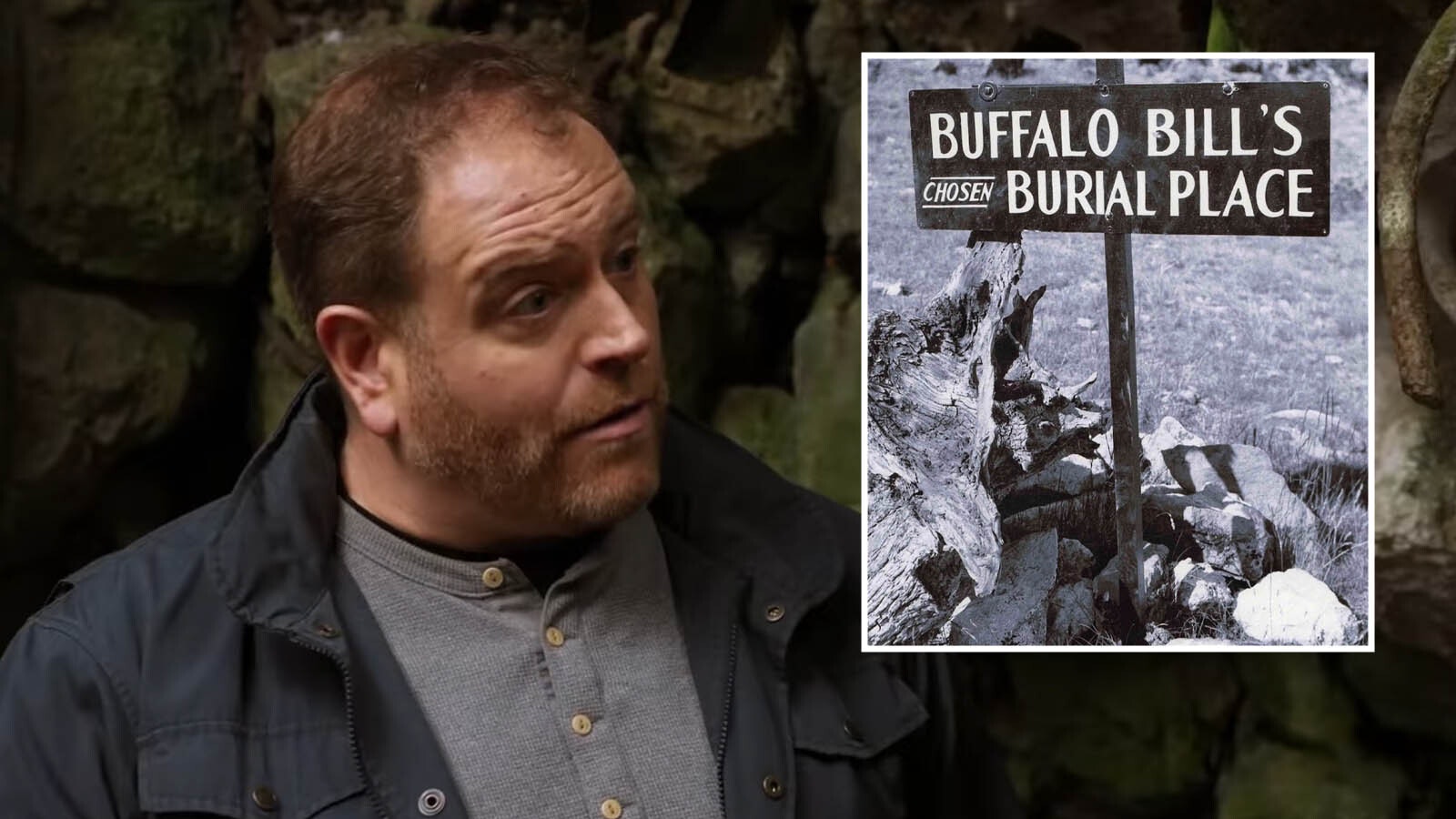Trash can sometimes be treasure, depending on what's done with it and how it's seen.
The old and faithful beacon atop the Casper-Natrona County Airport, for example, could easily have been seen as trash.
It was installed in 1973, so it's now 50-some years old. Technology has advanced well beyond its capabilities, so it's being replaced with a new-fangled LED beacon, one that Airport Director Glenn S. Januska says doesn't really even look like a beacon anymore.
When the old beacon came down, there were a few people who saw it as something kind of cool - a relic from the past that deserved a spot somewhere. One of the electrical contractors, in fact, was particularly keen on having the beacon if the airport planned to just throw it away.
But Januska also saw something cool. He saw a brand new piece of airport history that could be put to work in a new way.
New Place Of Honor
When it was in operation as a beacon, its green and white lights were on an average of 11 hours per day, during which it rotated 12.5 times per minute. That's 750 rotations an hour, and 8,250 revolutions per day.
Januska has done the math and says that means the beacon faithfully rotated at least 148,085,750 times before it was finally retired from service in the night skies, advising pilots not just that an airport was nearby, but what kind of an airport, via its green and white colors. That particular color combination signifies a public airport.
"That's kind of antiquated now, because you have GPS and other things," Januska said. "But, in the past, you'd see the beacon and that's what would train your eyes. It's like, 'Oh, there's the airport, or there's an airport,' and then, based upon what color lights are flashing, it would let you know whether it's an airport that you can go in, or if it's a military facility and so forth."
The beacon will still be flashing green and white in its new home, but now it will sit beside one of the original firetrucks in service when the airport was an Army Air Force base. That truck, which has been fully restored, often finds itself at the head of parades, or is on display. It's a cool piece of Casper and Wyoming history that's been preserved and given a new mission.
The beacon has a new mission as well. It's been placed on top of a mini control tower and electrically wired to the baggage claim belt. When the baggage claim belt starts to turn, the lights on the beacon will turn on and it will once again rotate whenever the baggage claim belt starts to turn.
"The complaints we always get in the baggage claim area is how long it takes to get your bags," Januska said. "You know, if you're in Denver and you go get your bags there, or in any other larger airport, it may take you 15 minutes to get from your plane to the baggage claim area. In Casper, it takes like 45 seconds."
That lengthens the period of time where people have nothing else to do but wait, making the baggage claim process seem to take a lot longer than it really does.
So in addition to being a kind of cool, educational relic that preserves a little of the airport's history, Januska hopes it will also serve as a bit of distraction.
"It's something that people can look at and kind of get up close and personal with as they learn about the history," Januska said. "And if it distracts them for five minutes - it's kind of like hotels putting mirrors by elevators. They did that because people are sitting there, they're impatient, but they look at themselves in the mirror, and they forget how long it's taken for the elevator to come."
Preserving History Is Second Nature
Saving pieces of airport history is kind of second nature at the Casper/Natrona County International Airport, Januska told Cowboy State Daily.
That's because the airport started out as an old Army Air Force Base Unit during World War II. It was constructed in less than a year, Januska said, and was only built to last five to six years. Most of those buildings still stand and are used, even if only for storage. A couple are part of a state museum.
"All these buildings, all these hangars, all these runways, the hospital - everything. I think it was constructed in nine months," he said. "If I could go back in time, I would love to just see that. I don't think, even if you got rid of all the environmental regulations and even with modern-day technology, I don't know if you could build all that in such a short time period now."
The buildings themselves did not have heaters in them. Instead, there was a building with a big steam generator.
"There are steam tunnels underneath the airport," Januska said. "(The steam generator) would create steam, and they would basically pump it through the tunnels out to all the buildings."
The airport, as a World War II installation, also hosted famous guests from time to time, like Bob Hope and World War II flying ace Chuck Yeager.
"We have pictures of Bob Hope's visit," Januska said. "So, there's really kind of a lot of history here."

The beacon replacement was part of a larger, $1.3 million upgrade at the Casper/Natrona airport, which includes upgrading all the lighting systems to LED technology.
That project also includes a new backup generator that will make the airport a little more resilient in the event commercial power is lost, among other things.
"The only thing that we'll have at the airport on the airfield that is not LED is one set of runway lights," Januska said. "And that's actually a project that we're building out this year. So, we will be one of the first airports in the country that will have the whole airfield all LED."
That's not an effort to be "progressive," Januska said.
It's just the timing of things. Airports that replaced old lights more recently than Casper's airport have to wait out the lifespan of those installations before the FAA will assist them in replacing older technology with new.
"We just happened to be in a position here where we had some projects to replace some of this stuff," he said. "A lot of these things just fell together."

The LEDs are not only more energy efficient, Januska said, they require much less labor and maintenance.
"When we just figured out the energy savings. We realized that the lights would pay for themselves in about five and one-half years," Januska said. "That's not even factoring in labor and the cost of the bulbs and so forth."
Januska is not sure exactly how long the lights will last, but it will be far longer than five years.
"The first lights that we ever replaced on the airfield (with LEDs) were probably more than 10 years ago," he said. "And most of those I would say are still there."
That compares well to the old lights, which required replacement every two years or so.









